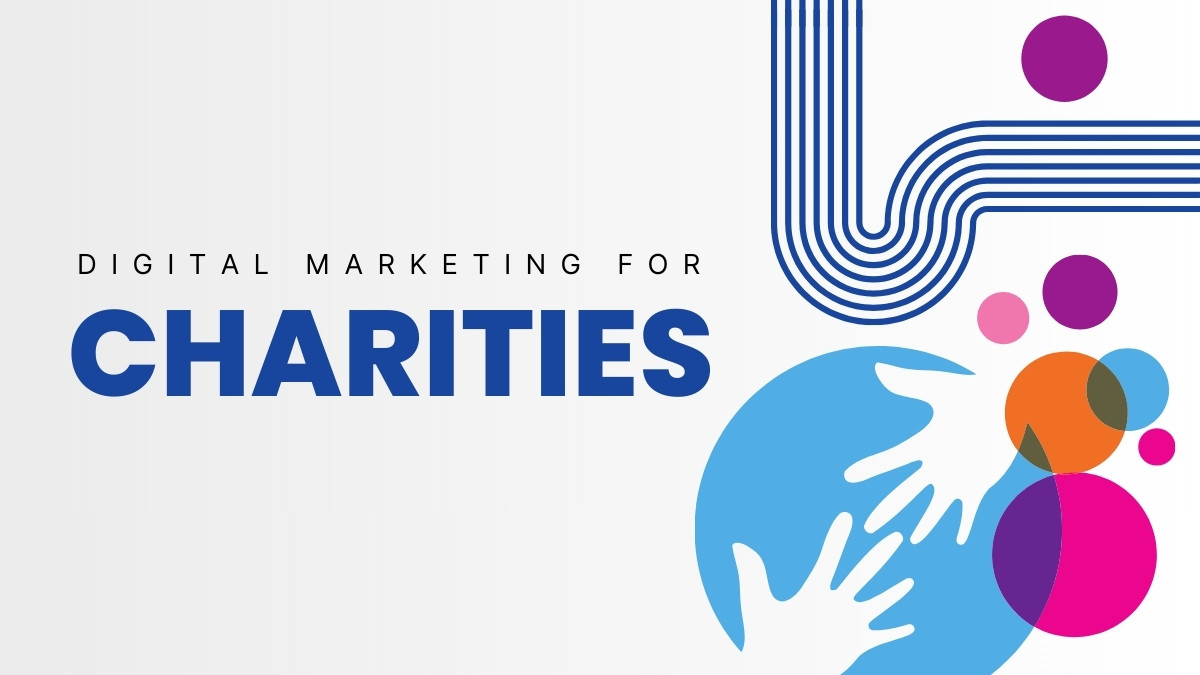
Digital Marketing for Charities
Running a charity is a labor of love. You're focused on your mission, whether it's rescuing animals, supporting your community, or protecting the environment. Marketing might feel like a secondary task, or even a luxury you can't afford. But what if marketing could help you reach more people, raise more funds, and make an even bigger difference? That's where digital marketing comes in.
This guide is designed for you. We'll break down what digital marketing means for a charity in simple terms. You don't need to be a tech expert or have a huge budget. We will explore easy-to-understand strategies that you can start using today to amplify your message and grow your impact. For those who already have some digital experience, we’ll also share advanced tips and tactics to take your digital marketing to the next level.
Here’s what you'll learn:
-
Why digital marketing is essential for modern charities.
-
Simple, low-cost ways to build your online presence.
-
How to tell powerful stories that connect with donors.
-
Practical tips for using social media, email, and your website effectively.
-
Advanced strategies for expanding your reach and engagement.
-
How to measure your success and optimize your results.
Why Your Charity Needs Digital Marketing

Think of digital marketing as a megaphone for your mission. In the past, you might have relied on local events, flyers, or word-of-mouth. While those methods still have value, the world has moved online. Your potential donors, volunteers, and supporters are spending their time on social media, checking emails, and searching on Google.
Digital marketing allows you to meet them where they are. It’s about building a community and telling your story to a wider audience than ever before.
Expanded Benefits:
-
Break free from geographical limits. Your cause can inspire someone across the country just as easily as someone down the street. For example, wildlife charities have gained international donors simply by sharing their rescue stories on YouTube and Instagram.
-
Digital tools help you have ongoing conversations with supporters. You can share updates, celebrate successes, and thank them personally, building loyalty and trust. Some charities run regular Q&A sessions on Facebook Live or host webinars to connect directly with their supporters.
-
A strong online presence makes it easier for people to donate or sign up to help. With a simple "Donate Now" button or a volunteer sign-up on your website or social media, you can capture people’s intentions as soon as they feel moved.
-
Digital tools provide data. You can see which messages resonate, where your visitors come from, and who your most engaged supporters are. This information lets you improve your campaigns, personalize outreach, and use your resources more efficiently.
Building Your Digital Foundation: Your Website
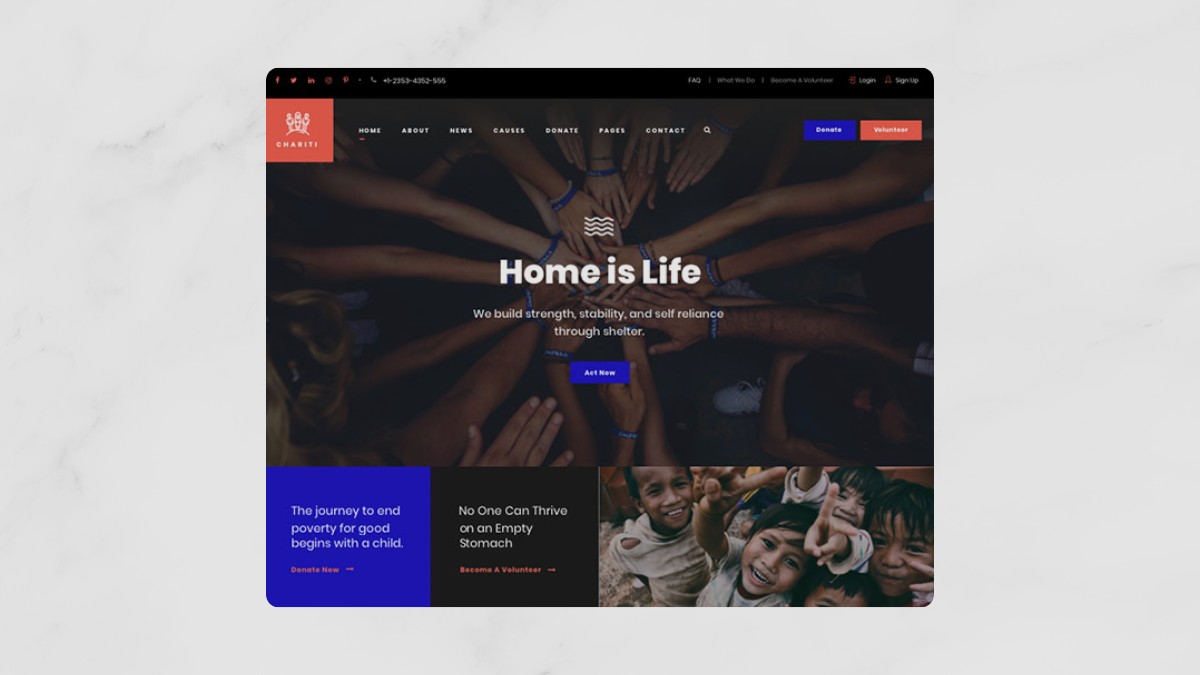
Your website is your charity's digital home base. It's the central hub where people can learn about your mission, see your impact, and take action. It doesn't need to be complicated or expensive, but it does need to be effective.
What Makes a Good Charity Website?
A great charity website does three things well: it explains who you are, shows what you do, and makes it easy for people to get involved.
-
A Clear, Compelling Homepage: The first thing a visitor sees should immediately convey your mission and invite engagement. For example, a children’s literacy charity might use a heartwarming photo of a child reading, paired with the message: “Unlocking a world of opportunity one book at a time.”
-
Easy Navigation: Keep menus simple and direct. Pages like “About Us,” “Our Projects,” “Success Stories,” “Ways to Help,” and “Donate” make it simple for users to find what they need. Include an FAQ section to address common questions and concerns about your charity, donation security, or volunteering.
-
A Prominent Donate Button: This is crucial for converting interest into action. The button should be brightly colored and visible on every page. For even more effectiveness, include quick-donate options or suggested donation amounts.
-
Mobile-Friendly Design: With so many people browsing on their phones, your website absolutely must be mobile-friendly. Use tools like Google’s Mobile-Friendly Test to check, and choose website themes that resize well for smaller screens.
-
Impact Tracker or Transparency Section: Show how donations are used. For instance, display real-time progress bars for campaigns or publish annual reports and impact statistics to build trust.
Getting Started on a Budget
Creating a website is more affordable than ever. Platforms like Squarespace, Wix, or WordPress offer user-friendly templates that you can customize without coding. Many offer discounts for non-profits, and some web developers even volunteer for charity causes.
Advanced Tip: If your charity already has a website, consider optimizing your donation process. Add recurring donation options, test different calls to action, and use A/B testing to compare which headlines or images convert best.
Example: A youth sports charity increased recurring donations by 22% simply by adding a “Make it monthly” option and a pop-up that shared real stories of how monthly support changed lives.
The Power of Storytelling: Your Content Strategy
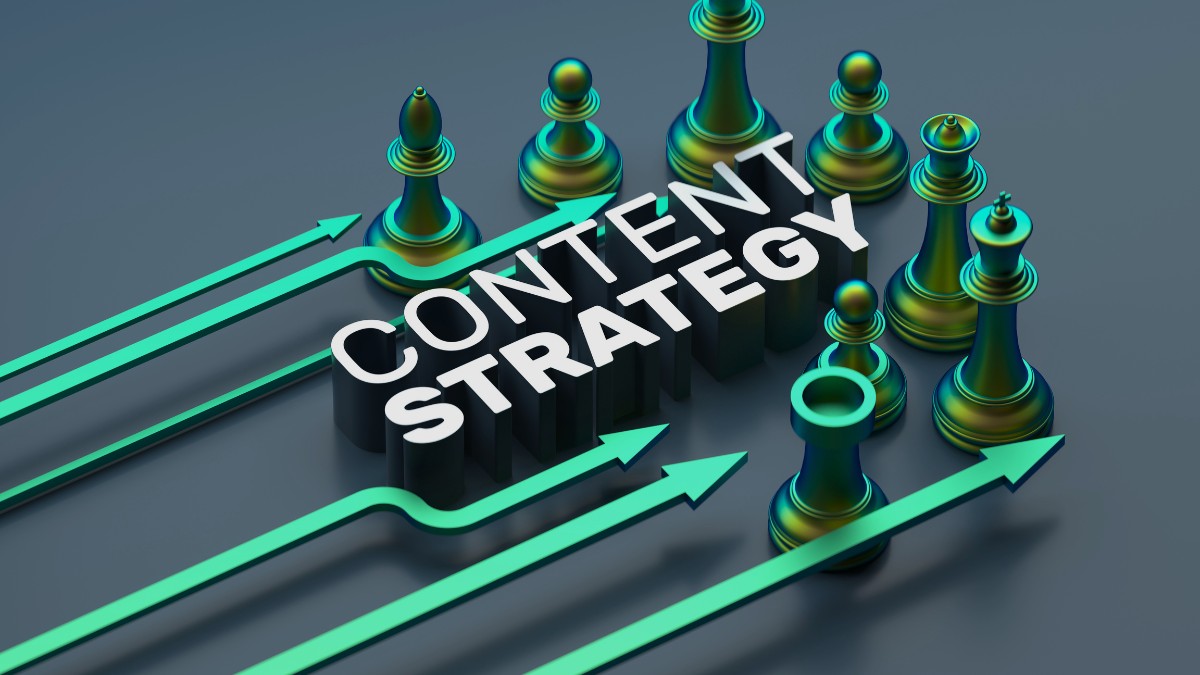
Facts and figures can inform, but stories are what inspire people to act. Your digital marketing strategy should be built around telling compelling stories that connect with people on an emotional level.
Find Your Stories
Your charity is full of stories. You just need to know where to look.
-
Feature a person, animal, or community you've helped. Before/after comparisons are powerful. A food bank, for example, could tell the journey of a single parent who, with a little help, was able to feed their family and return to work.
-
Interview volunteers about why they give their time. For example, create a “Volunteer of the Month” spotlight, or film short interviews for your social media.
-
Give supporters a look into daily operations, staff meetings, or even challenges faced. Authentic “day in the life” posts build trust and community.
-
Share anniversary stories, campaign successes, and thank supporters publicly—tag them on social media for extra impact.
Where to Share Your Stories
Your website’s blog is perfect for in-depth storytelling. For other channels:
-
Social Media: Break stories into bite-sized posts and use images, carousels, or short videos for better engagement.
-
Email: Share progress updates, testimonials, or links to new blog posts.
-
YouTube/Vimeo: For longer videos highlighting your projects and interviews.
-
Podcasts: Consider audio stories or interviews if you’re ready to branch out.
Advanced Tip: Repurpose your most impactful stories into different formats. Turn a blog post into a slideshow, infographics, email series, or a podcast episode. Track which format your community engages with most and do more of it.
Engaging Your Community: Social Media for Charities

Social media is not just about posting updates; it's about building a conversation and community.
Choosing the Right Platforms
Focus on the platforms your target supporters use most. If you’re not sure, ask new subscribers or run a poll on your website or Facebook page.
-
Facebook: Good for fundraisers, sharing events, and longer updates. For example, use Facebook Fundraisers for GivingTuesday and encourage supporters to start donation drives on your behalf.
-
Instagram: Use Stories, Reels, and image posts to share moments from your work. Host “Instagram Takeovers” where volunteers or beneficiaries show their perspective for a day.
-
LinkedIn: Share professional milestones, partnerships, thought leadership, and team updates. Great for recruiting and connecting with corporate sponsors.
-
TikTok: Show personality, humor, and behind-the-scenes quick videos to connect, especially with younger audiences.
Tips for Social Media Success
-
Create a content calendar with daily or weekly themes (e.g., “Mission Monday,” “Thankful Thursday”). Scheduling tools like Buffer or Hootsuite help manage posts.
-
Respond to every comment or message, even a simple “Thank you!” or emoji. Run polls, Q&As, or live sessions to start conversations.
-
Use “before and after” visuals, real stories, or user-generated content (e.g., ask followers to share photos of themselves at your events).
-
Research and use relevant hashtags for your cause to increase visibility. For special events or campaigns, create a unique hashtag for supporters to use.
-
Use analytics to see which posts perform well. Post more of what your community loves.
Advanced Tip: Try paid social campaigns on Facebook or Instagram with small budgets to boost your most important posts. Target previous website visitors or email subscribers to increase event sign-ups or donations.
Building Loyalty: Email Marketing

Email marketing is one of the most effective digital marketing tools for charities. It's a direct line to your most dedicated supporters—the people who have voluntarily given you their contact information.
Building and Nurturing Your Email List
Place a sign-up form in visible spots—your homepage, blog, and donation page. In exchange, offer new subscribers an introductory impact story, a thank you message, or downloadable resources (like tips for helping in your sector).
-
As your list grows, segment by interest or action (donor, volunteer, event attendee). Personalize your messages, like sending special updates to monthly donors.
-
Run “refer a friend” campaigns or partner with local businesses to cross-promote email sign-ups.
What to Send to Your Subscribers
-
Welcome Series: Share your mission, impact, and how they can help.
-
Newsletters: Feature upcoming events, recent wins, and calls-to-action.
-
Donation Appeals: Be specific—tell them exactly what their donation will do (“$25 will feed a family for a week”).
-
Thank You Emails: After every donation or volunteer signup, send a prompt, heartfelt thank you, possibly including a story showing immediate impact.
-
Event Invitations and Recaps: Invite supporters to fundraisers and thank them afterward with stories and photos.
Advanced Tip: Use email automation and A/B testing. For example, test different subject lines to see which earn more opens, or experiment with sending times for maximum engagement.
Expanding Your Reach: Additional Digital Marketing Strategies

Once you've mastered the basics, consider adding these strategies to grow your charity's reach even further.
Search Engine Optimization (SEO)
Help people find your charity on Google. Start with keywords related to your mission (e.g., “local animal rescue,” “volunteer environmental projects”). Use these in your page titles, headings, and throughout your site content.
-
Write Helpful Blog Posts: Answer common questions your audience may have (“How to help the homeless in my city”).
-
List Your Charity on Directories: Platforms like GuideStar, Charity Navigator, or local listings.
-
Earn Quality Backlinks: Collaborate on articles with other organizations or local press to get links back to your site, which Google values.
Google Ad Grants
Google offers up to $10,000/month in free advertising to eligible nonprofits through Google Ad Grants. This lets you appear in Google search results for important keywords. If you’re new to this, there are agencies and volunteers who can help you set up your first campaigns.
Online Events & Webinars
Host virtual fundraisers, workshops, or Q&A sessions. Platforms like Zoom or Eventbrite make it easy to manage invites and donations.
-
Example: A health charity hosted a virtual 5K run, asking participants to share photos and stories online, which brought in new supporters and sponsors.
Influencer Partnerships
Connect with local personalities, businesses, or micro-influencers who care about your cause. They can amplify your message to their followers, and many are happy to support nonprofit work.
Analytics and Measuring Success

Understanding what’s working (and what’s not) is key to maximizing your digital impact. Measuring and analyzing your results lets you improve your strategy over time.
What to Track
-
Use free tools like Google Analytics to monitor how many people visit your site, which pages are most popular, and how many complete key actions (form sign-ups, donations).
-
Check your reach, engagement, follower growth, and traffic to your website from social channels.
-
Monitor open rates, click-through rates, unsubscribes, and most popular content.
-
Track conversion rates for donation appeals, average donation size, and recurring donor rates.
How to Use Data
-
Set Clear Goals: Examples: Grow your email list by 20% this year; increase online donations by $5,000 in the next campaign.
-
Identify What Resonates: If videos of beneficiaries receive three times more engagement than text posts, share more videos!
-
Test and Adapt: Try new content, adjust timing, or run split tests (A/B testing) on websites or emails to compare results.
-
Report and Celebrate: Share your results with staff, volunteers, and supporters. Highlight wins—even small ones—to build morale and accountability.
Advanced Tip: As your digital skills grow, consider setting up conversion tracking for your donation page or using Customer Relationship Management (CRM) tools (like Salesforce for Nonprofits or Bloomerang) to manage donor data for deeper insights.
Final Thoughts
Digital marketing can feel overwhelming, but you don’t have to do everything at once. The key is to start small, be consistent, and learn as you go.
Choose one area to focus on first. Maybe it’s revamping your website's homepage, experimenting with an Instagram Reel, or starting an email newsletter. Once you feel comfortable, you can add another piece or dive deeper into analytics and advanced strategies.
Your passion and your stories are your greatest marketing assets. By using these digital tools, you can share that passion with the world, build a thriving community of supporters, and ultimately, make a bigger impact than you ever thought possible.
30 minutes
Expert Consultation
Terms & Agreements
By booking a free 30-minute consultation, you agree to our terms, including scheduling, cancellation policies, and confidentiality. The session provides expert advice without guarantees of specific outcomes or results.

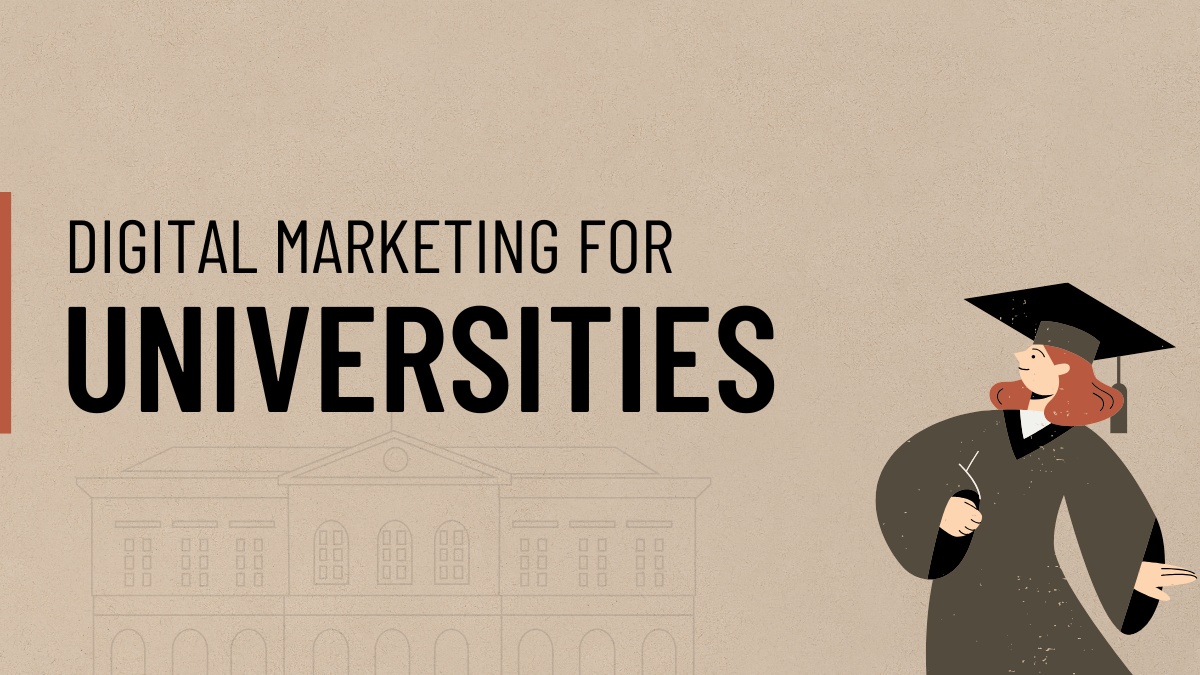
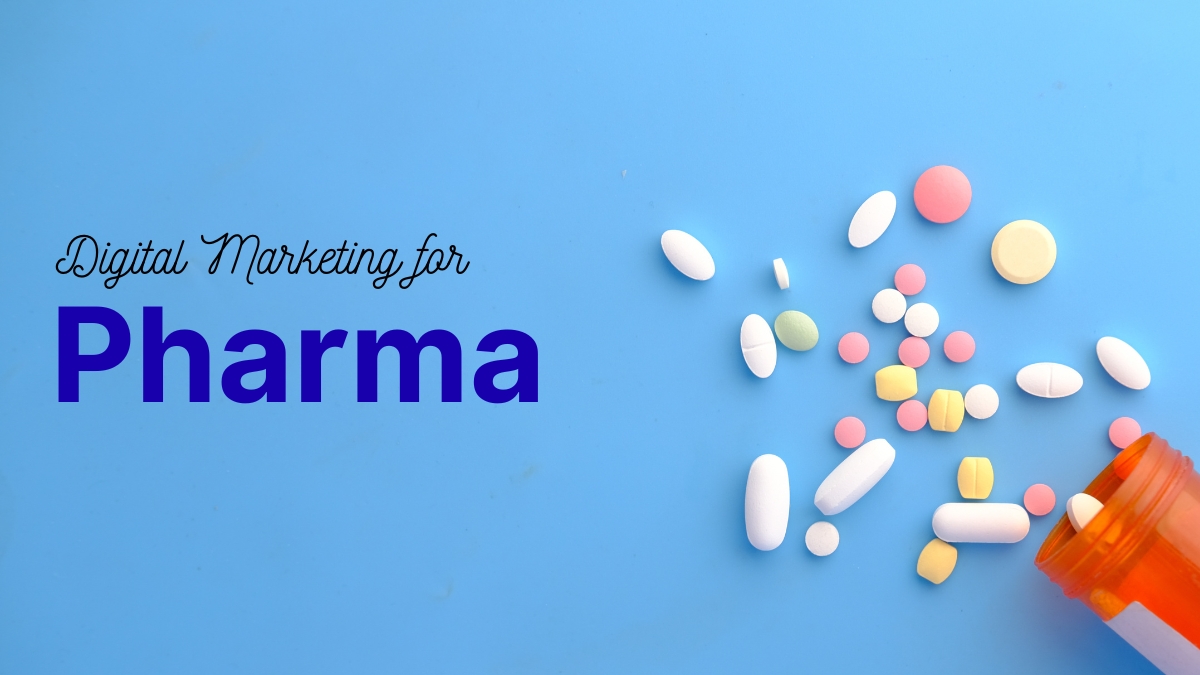
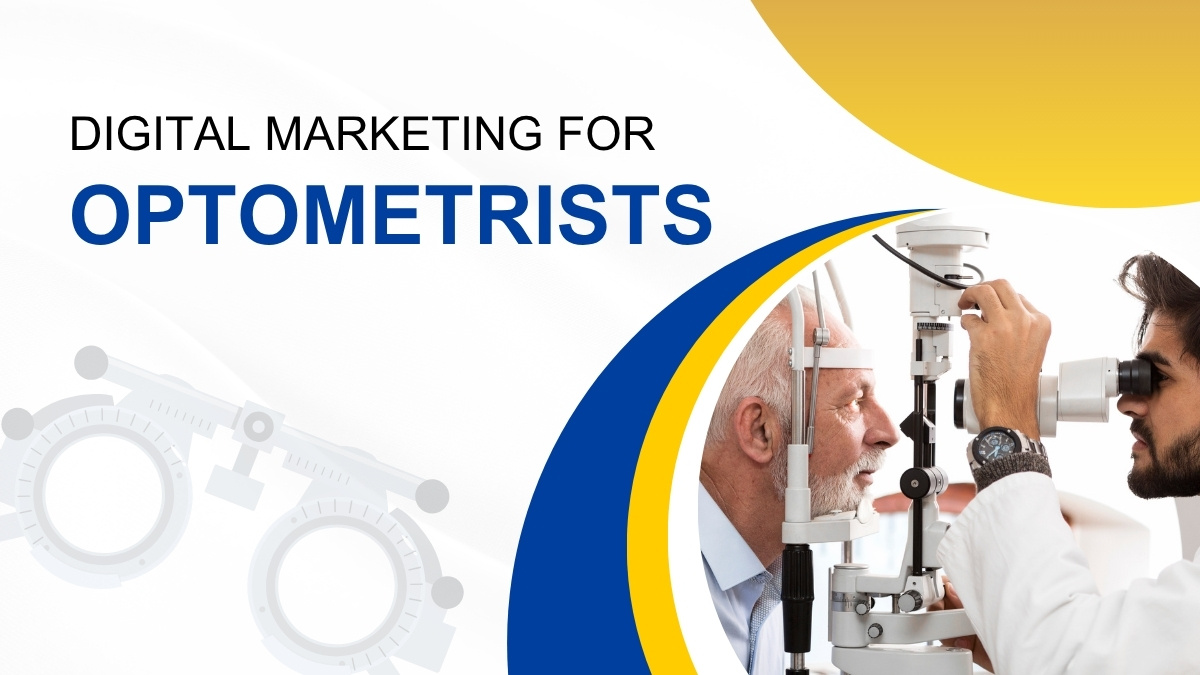

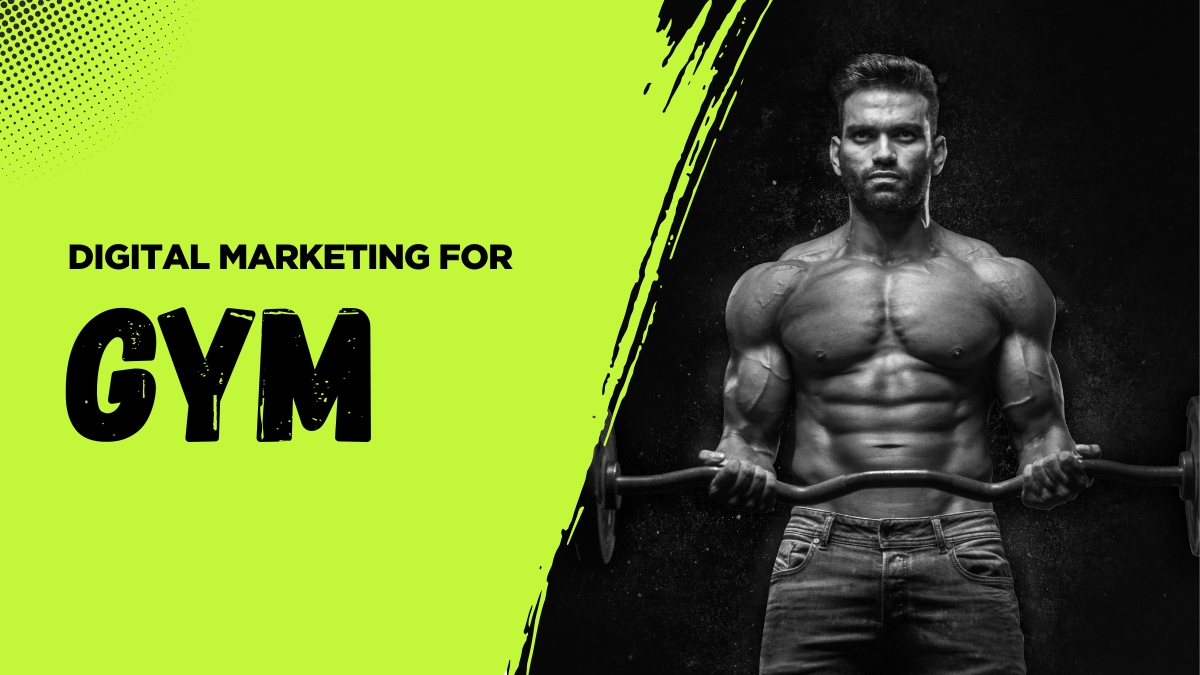
Leave a Reply
Your email address will not be published. Required fields are marked *